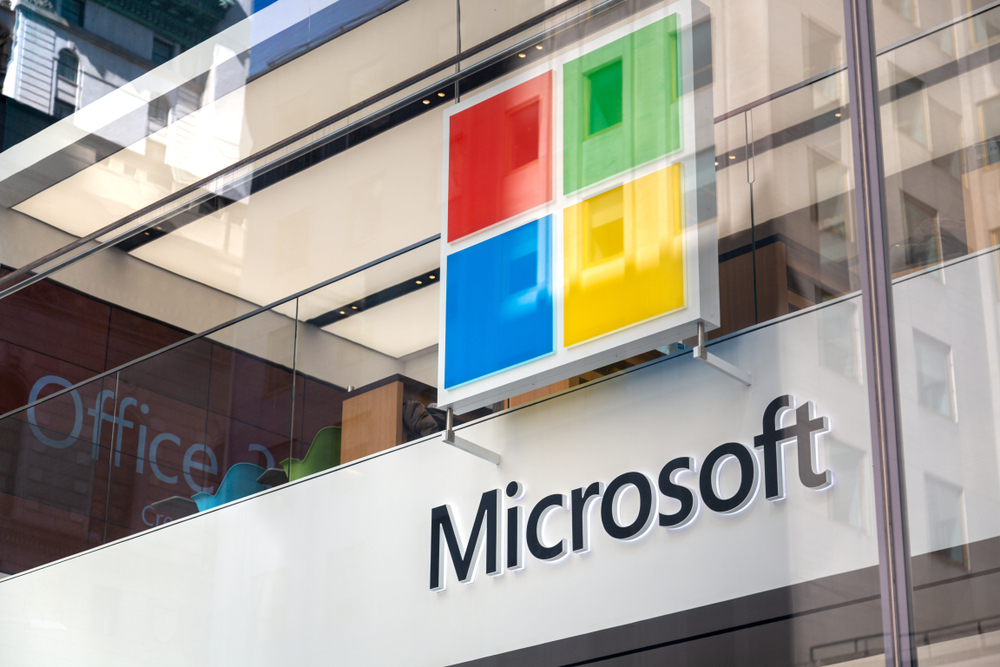Microsoft has capitalized on the recent upheaval at OpenAI; might this signal a new ascendency in the generative AI industry?
The tech giant’s acquisition of Sam Altman and Greg Brockman could indicate that Microsoft’s share of power and influence in AI is about to rocket.
Indeed, it’s not just Altman and Brockman that might be joining Microsoft, but any number of 550 of OpenAI’s 700 employees who signed a letter accusing the board of rash decisions.
The letter absolutely slams the board, stating, “Despite many requests for specific facts for your allegations, you have never provided any written evidence” and “The leadership team suggested that the most stabilizing path forward…would be for you to resign and put in place a qualified board that could lead the company forward in stability.”
OpenAI’s chief scientist and board member Ilya Sutskever then controversially came to X to express that he deeply regrets the decision to remove Altman a measly three days after the event.
I deeply regret my participation in the board’s actions. I never intended to harm OpenAI. I love everything we’ve built together and I will do everything I can to reunite the company.
— Ilya Sutskever (@ilyasut) November 20, 2023
One X user quipped in response, “People building AGI unable to predict consequences of their actions 3 days in advance.”
Microsoft, close allies of OpenAI, is ready to poach whatever talent it can from the faltering OpenAI to bring its expertise in-house.
Employees even wrote in their letter, “Microsoft has assured us that there are positions for all OpenAI employees at this new subsidiary should we choose to join. We will take this step imminently, unless all current board members resign.”
This would effectively ingest OpenAI’s AGI agenda into Microsoft, one of the most mature for-profit tech companies on the planet.
Here are five reasons why this makes sense:
1. Leveraging Microsoft’s established corporate structure
Microsoft, one of the oldest and most established tech companies, stands to benefit significantly from this shake-up.
Its mature legal and corporate structure presents a stable platform for the further development of AI technologies.
2. Control over GPT models
Microsoft might acquire OpenAI’s GPT weights.
Microsoft could integrate GPT technology seamlessly into its existing suite of products, including Teams, Office, and Windows, once any required model retraining is complete.
3. Orchestrating AI with Azure
Microsoft would use Azure and in-house hardware to support the rapid scaling of products with minimal friction.
By allocating Azure’s computing resources, Microsoft can control the development trajectory of AI technologies.
4. Moving Talent
The transition of OpenAI’s talent to Microsoft would be smooth and efficient, and these individuals are used to working with each other, etc, already.
5. Integration of infrastructure
Infrastructure engineers from OpenAI would transfer their skills seamlessly to Microsoft’s new AI team.
Since both companies utilize Azure, the engineers won’t face significant friction, allowing for a swift and efficient transition.
Microsoft’s AI infrastructure push
This occurs while Microsoft diversifies its resources, including developing in-house AI hardware.
The company is also allocating some $50 billion annually on data centers from 2024 onwards. A Semi Analysis post says of Microsoft’s motive, “This infrastructure buildout is aimed squarely at accelerating the path to AGI and bringing the intelligence of generative AI to every facet of life from productivity applications to leisure.”
At the Azure Ignite event, Microsoft announced the Cobalt 100 and Maia 100 AI accelerators, indicating how the company is pouring investment and R&D into generative AI.
To many across X, this has roused suspicion about a Microsoft takeover of OpenAI, or as some have termed a “coup.”
Whether that’s the case or not, if people start to defect from OpenAI to Microsoft en masse, OpenAI’s role at the center of cutting-edge generative AI may fade and diminish.





